The Stages of Fetal Development: A View of Baby Development by Week in the Womb
Pregnancy is a time of incredible transformation for mom and baby. Over the course of about nine months, a fertilized egg transforms into a baby who is ready to meet the world. At the same time, your body adapts to meet the demands of your growing baby. Explore the timeline below to see what is happening with both your baby and your body in each of the stages of fetal development from embryo to fetus to newborn baby.
While modern NICUs are wonderfully equipped to care for preterm babies in the event of an early delivery, there is no doubt that the womb is nature’s preferred environment to nurture a growing fetus. By studying outcomes for preterm babies, scientists have learned that each week of development in the uterus translates into better survival rates and less time in the hospital.
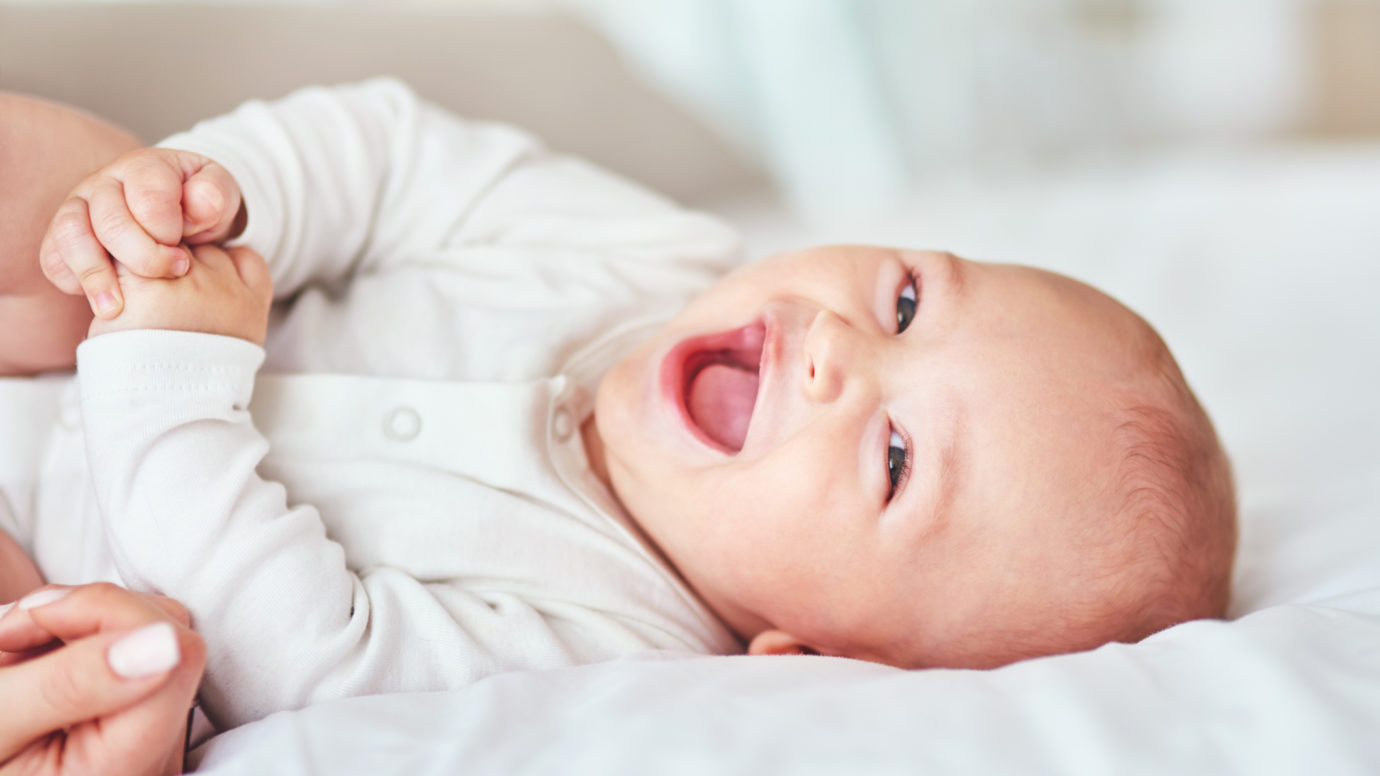
Explore your baby’s development, week by week:
1st Trimester
2nd Trimester
3rd Trimester
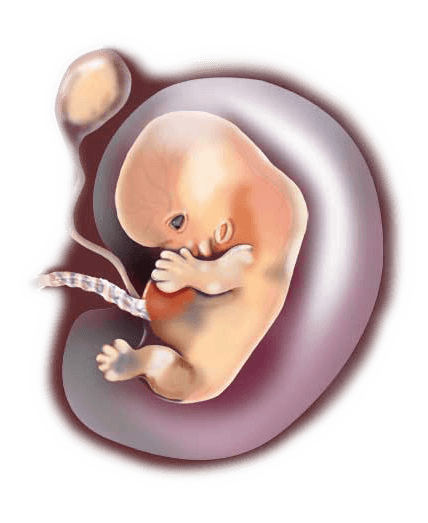
What’s happening in the baby’s body: Baby’s facial features are beginning to develop. And while you won’t be able to feel it, your baby will start to make small movements this week as prenatal development progresses.
What’s happening in mom’s body: You may be feeling quite a bit of nausea this week. In addition, aversions and cravings are often associated with nausea. These symptoms are thought to be due to rising hormone levels in your body.

What’s happening in the baby’s body: Baby’s facial features are beginning to develop. And while you won’t be able to feel it, your baby will start to make small movements this week as prenatal development progresses.
What’s happening in mom’s body: You may be feeling quite a bit of nausea this week. In addition, aversions and cravings are often associated with nausea. These symptoms are thought to be due to rising hormone levels in your body.
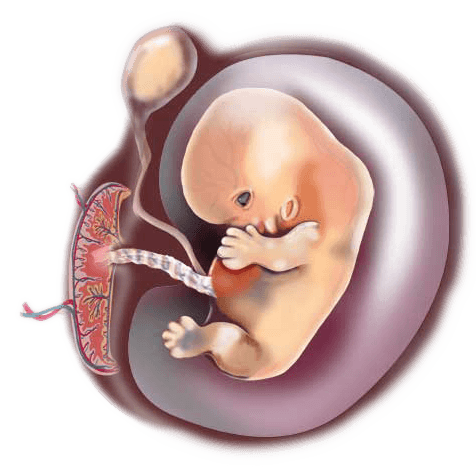
What’s happening in the baby’s body: By week 9 the muscular diaphragm is beginning to develop as embryonic growth progresses. This will eventually allow your baby to breathe and even hiccup. Baby’s brain waves are also now detectable.
What’s happening in mom’s body: Your breasts will begin to get bigger, which may be very noticeable during this week of pregnancy. This is due to the rising hormones in your bodyur body.
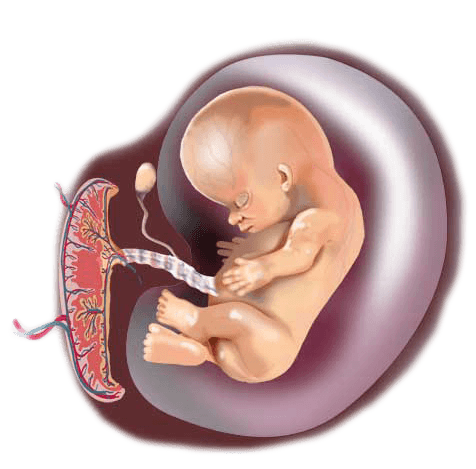
What’s happening in the baby’s body: This week, the baby has graduated from embryo to fetus. Your baby will be able to start making breathing movements as the diaphragm is now complete. Ossification is also beginning to occur, which is when baby’s bones begin to form.
What’s happening in mom’s body: Your uterus is growing larger, and you’ll probably notice it. It’s likely as big as a tennis ball, which is double its pre-pregnancy size. You may begin to feel discomfort in your pelvis as the surrounding ligaments and muscles begin to stretch.
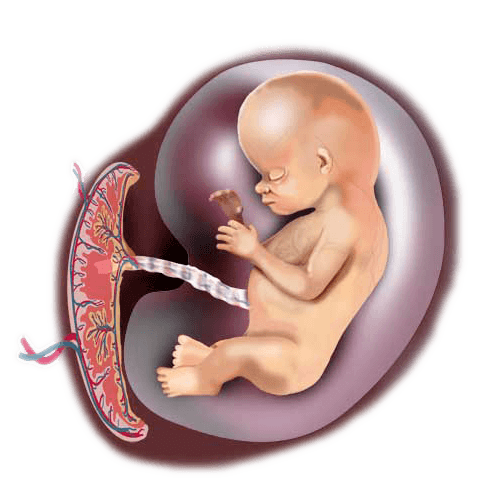
What’s happening in the baby’s body: Baby is starting to get more active by week 11, doing things like flexing fingers, rolling over, stretching, and hiccupping as fetal growth progresses.
At this point, the umbilical cord is fully developed. This allows nutrients from your bloodstream to be carried to the baby.
What’s happening in mom’s body: You may start to notice pimples or acne appearing on your skin. This is due to the increased level of hormones, including progesterone, in your body.
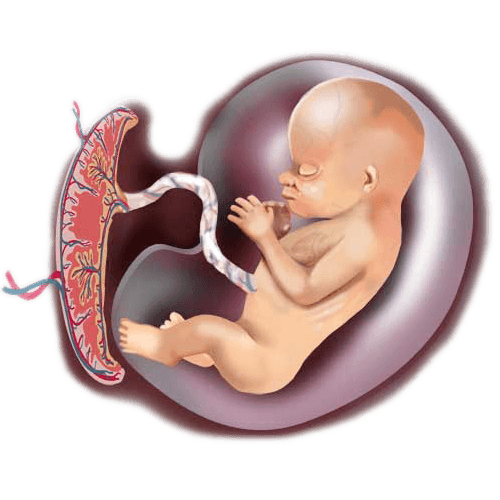
What’s happening in the baby’s body: Your baby’s arms and legs are getting longer, and the baby is beginning to develop muscle control as your pregnancy progresses.
What’s happening in mom’s body: You’ve entered the second trimester! At this point, many women notice by week 12 that pregnancy symptoms such as nausea and fatigue begin to subside as this first stage of fetal development is completed.
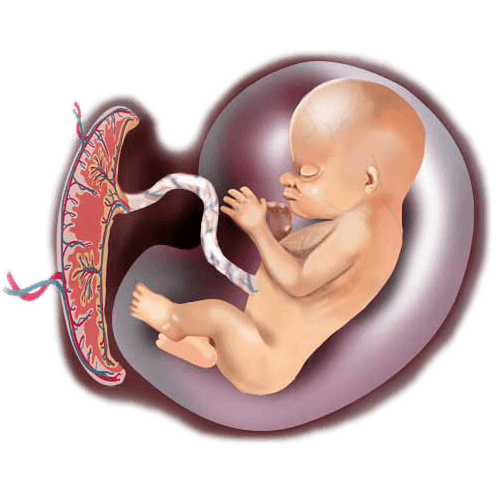
What’s happening in the baby’s body: Baby’s bladder is hard at work! Baby is swallowing amniotic fluid, filtering it through the kidney, and passing it as urine about every 30 minutes.
What’s happening in mom’s body: By week 13 you may notice that your waistline is expanding; however, it will probably be a few weeks before your belly appears noticeably pregnant to others.
Note: Be sure to talk to your doctor to see if the PreTRM Test is right for you and your pregnancy.
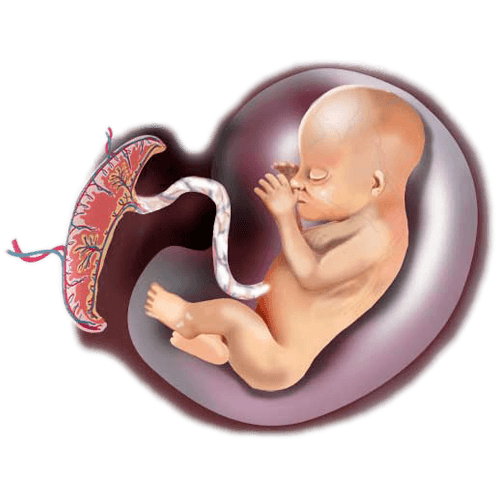
What’s happening in the baby’s body: It may be possible to identify the gender of your baby as its external sex organs are now visible at this stage of development.
What’s happening in mom’s body: Your body likely has more circulating estrogen, which helps improve the condition of your skin. Your skin is also receiving an increased supply of blood, helping to give you that “pregnancy glow.”
Note: Be sure to talk to your doctor to see if the PreTRM Test is right for you and your pregnancy.
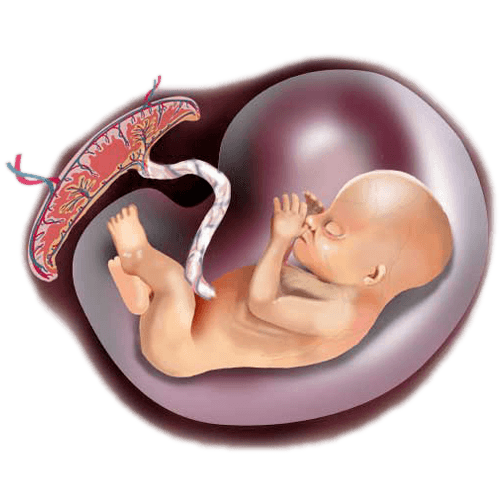
What’s happening in the baby’s body: Your baby is likely moving around inside of you with more frequency and may be active for up to five minutes at a time as the fetus’s growth continues. You might feel some slight fluttering around week 15 – that’s baby!
What’s happening in mom’s body: At this point, you may notice a definite “baby bump”, rather than just an expanding waistline.
Note: Be sure to talk to your doctor to see if the PreTRM Test is right for you and your pregnancy.
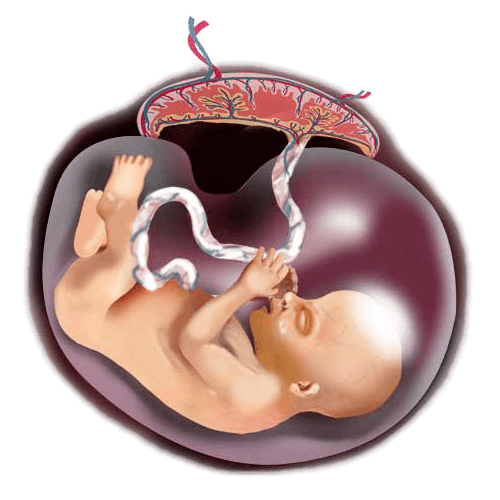
What’s happening in the baby’s body: Your baby’s mouth can open and close now. This happens regularly and comes with actions such as swallowing, hiccupping, and yawning.
What’s happening in mom’s body: Your pelvic area likely feels heavy and firm at this point. This is because you have almost a cup of amniotic fluid in your uterus.
Note: Be sure to talk to your doctor to see if the PreTRM Test is right for you and your pregnancy.
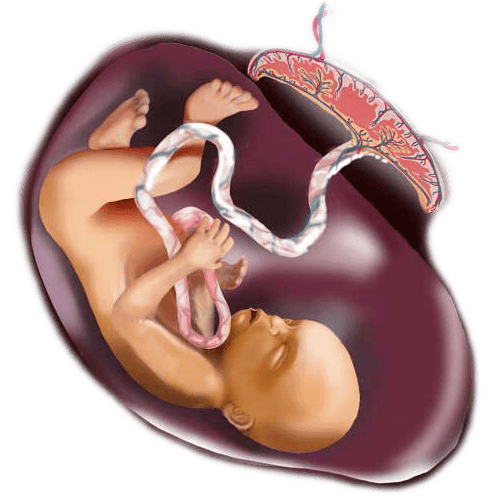
What’s happening in the baby’s body: By week 17 your baby is likely bigger than the placenta at this point. Baby will continue to outgrow the placenta during your pregnancy.
What’s happening in mom’s body: With the placenta being fully functional, you’ll likely have more energy. Your uterus is growing and is most likely large enough to give you that noticeable baby bump.
Note: Be sure to talk to your doctor to see if the PreTRM Test is right for you and your pregnancy.
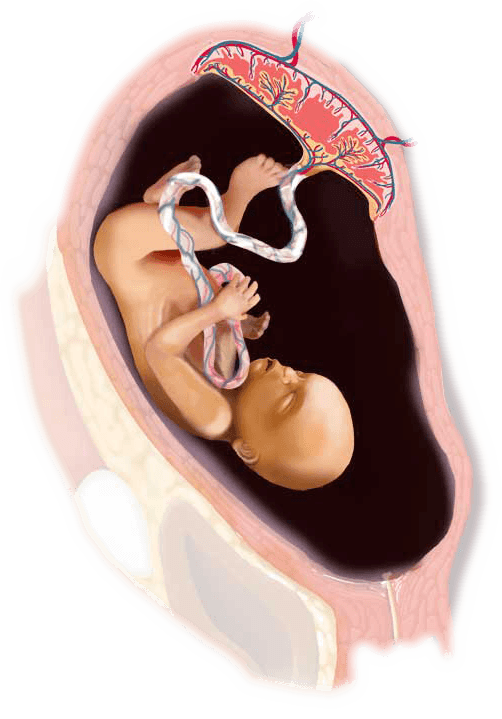
What’s happening in the baby’s body: Your baby is beginning to develop fingerprints on the pads of the fingers during this important stage of baby development.
What’s happening in mom’s body: You may begin to feel slight movements from your baby this week. They will likely come as a fluttery sensation. These first feelings of movements are called quickening and are a normal part of pregnancy.
Note: Be sure to talk to your doctor to see if the PreTRM Test is right for you and your pregnancy.
Note: This is the first week you can visit a qualified phlebotomy center to receive the blood draw for the PreTRM Test. Be sure to talk to your doctor beforehand to see if the PreTRM Test is right for you and your pregnancy.
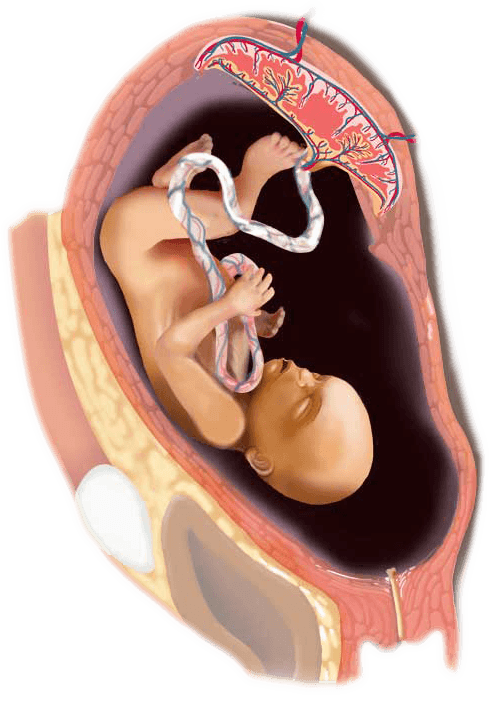
What’s happening in the baby’s body: Your baby has developed visible eyebrows. Baby also now has tooth buds in place.
What’s happening in mom’s body: Your baby and uterus are growing inside of you and you’re probably feeling that added weight. This may lead to discomfort and back pain and may make it hard to stand for long periods of time. Don’t be afraid to take short breaks for your health!
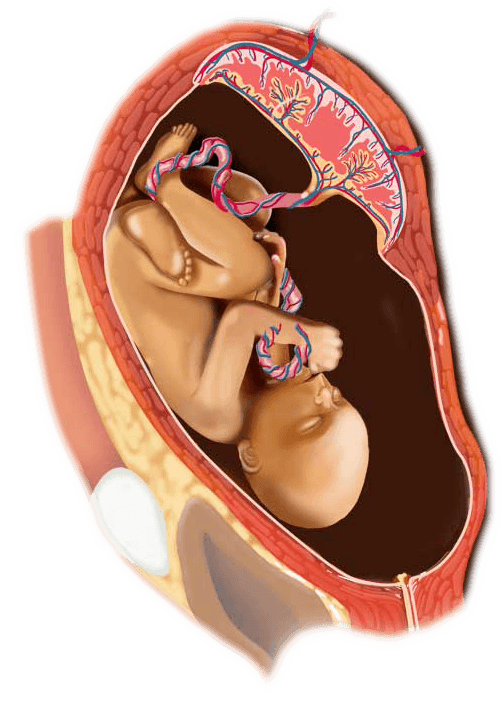
What’s happening in the baby’s body: Your baby’s brain is developing and picking up electrical signals from its body. Your baby can sense things such as temperature and pressure.
What’s happening in mom’s body: Your abdominal muscles are being stretched and pushed apart as the baby grows. This may cause a bulge in the middle of your stomach when you lie down and raise your head.
Note: This is the last week you can visit a qualified phlebotomy center to receive the blood draw for the PreTRM Test. Be sure to talk to your doctor beforehand to see if the PreTRM Test is right for you and your pregnancy.
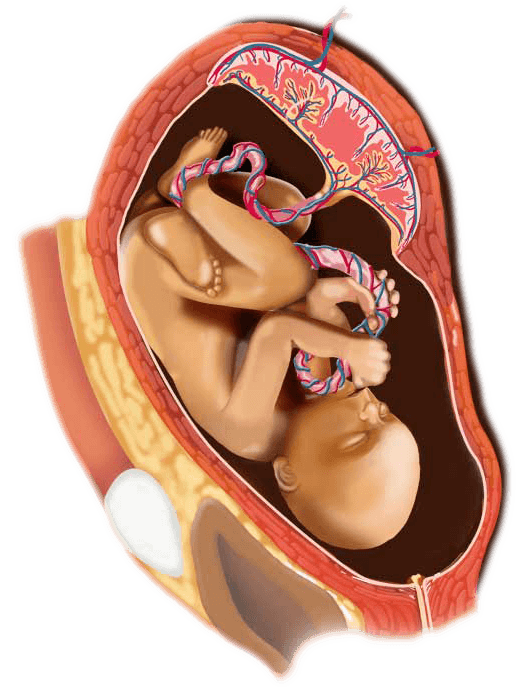
What’s happening in the baby’s body: Your baby now has fat stored beneath the skin. This fat will help with growth and development in the coming weeks.
What’s happening in mom’s body: By week 21 you may notice that you’ve begun to develop “pregnancy brain,” causing forgetfulness and loss of concentration. While the cause of this is not known, doctors believe it may be due to the hormonal changes happening in your body.
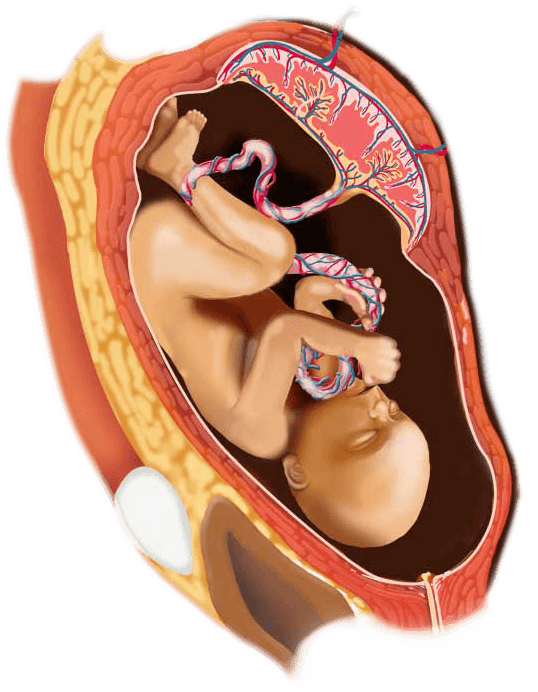
What’s happening in the baby’s body: Your baby’s hearing will begin to improve as the inner ear organs are maturing. They can now send nerve signals to the brain.
What’s happening in mom’s body: Now may be a time when you feel quite emotional. That’s totally normal. Talking to other moms-to-be or friends during pregnancy can help give you the emotional support you need.
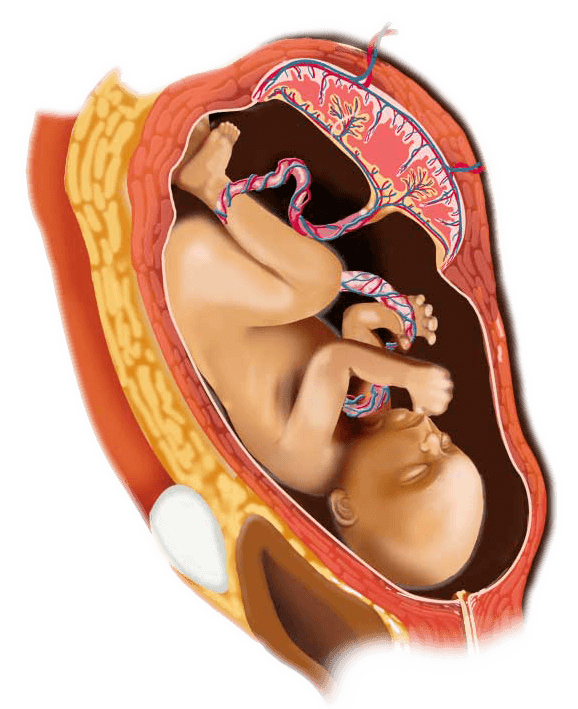
What’s happening in the baby’s body: Your baby’s lungs are developing quickly. They aren’t quite ready for full use at week 23, but they’re getting there!
What’s happening in mom’s body: You may notice that you’re hotter and sweating more than usual. This has to do with the extra weight you are carrying and the increased volume of blood pumping through your body.
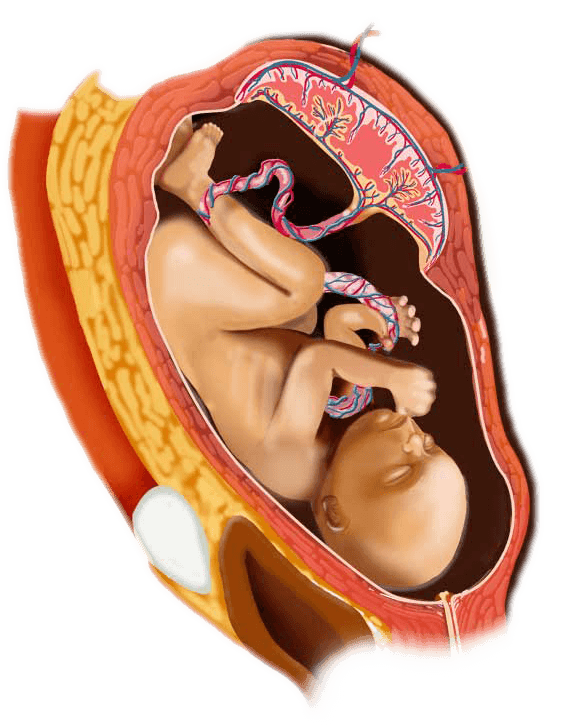
What’s happening in the baby’s body: Your baby is probably yawning often now. This may be a way to regulate the amount of fluid or blood in the lungs.
What’s happening in mom’s body: You may have begun developing stretch marks on your skin. Exercising and eating nutritious foods can help you to maintain a healthy weight and reduce the amount your skin stretches during pregnancy. Moisturizing the skin can help to keep the stretch marks smooth.
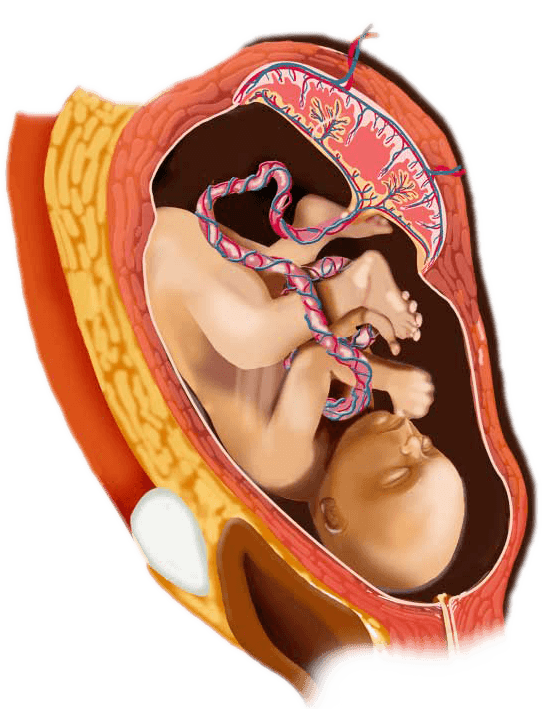
What’s happening in the baby’s body: Your baby is very flexible, and movements are beginning to get stronger by week 25.
What’s happening in mom’s body: You’ve now entered the third trimester! You may feel some discomfort as your uterus expands and your rib cage is pushed outward. Getting up and moving around can help ease the discomfort.
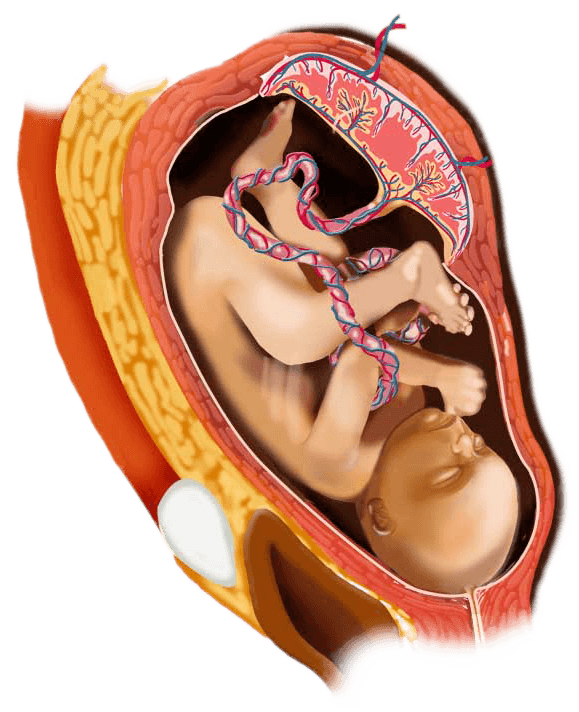
What’s happening in the baby’s body: Your baby’s eyelids are open this week! Baby can even blink.
What’s happening in mom’s body: The volume of blood in your body is 50 percent higher than normal.
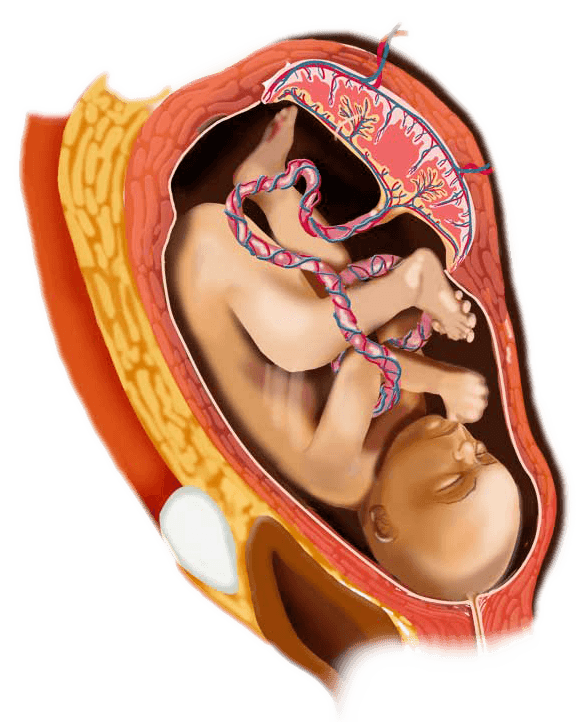
What’s happening in the baby’s body: It’s likely that your baby now has a regular sleep cycle by this week.
What’s happening in mom’s body: The hormonal changes in your body may be causing some pain in your pelvic joint at this point in your pregnancy.

What’s happening in the baby’s body: It’s likely that your baby now has a regular sleep cycle by this week.
What’s happening in mom’s body: The hormonal changes in your body may be causing some pain in your pelvic joint at this point in your pregnancy.
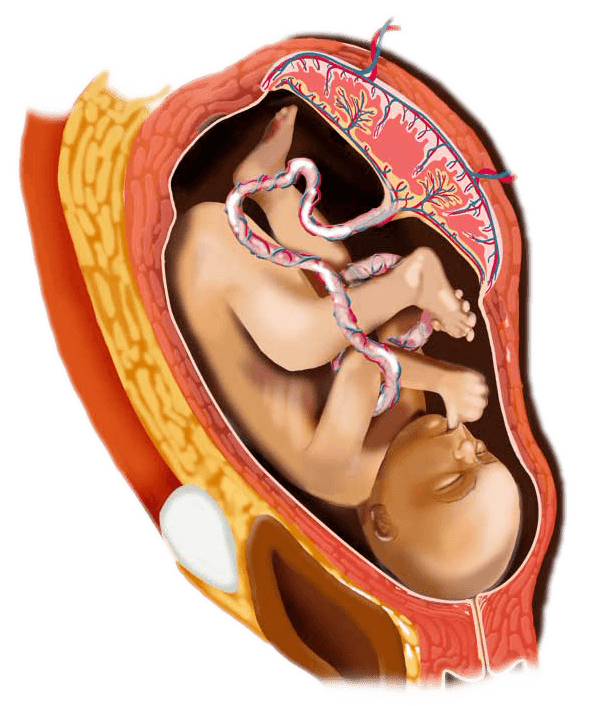
What’s happening in the baby’s body: A fluid with a jelly-like consistency sits in the umbilical cord to ensure it won’t become compressed as your baby moves around.
What’s happening in mom’s body: Back pain is normal by this week in pregnancy. This is due to the weight of your baby straining your abdominal muscles and your ligaments being softened by pregnancy hormones.
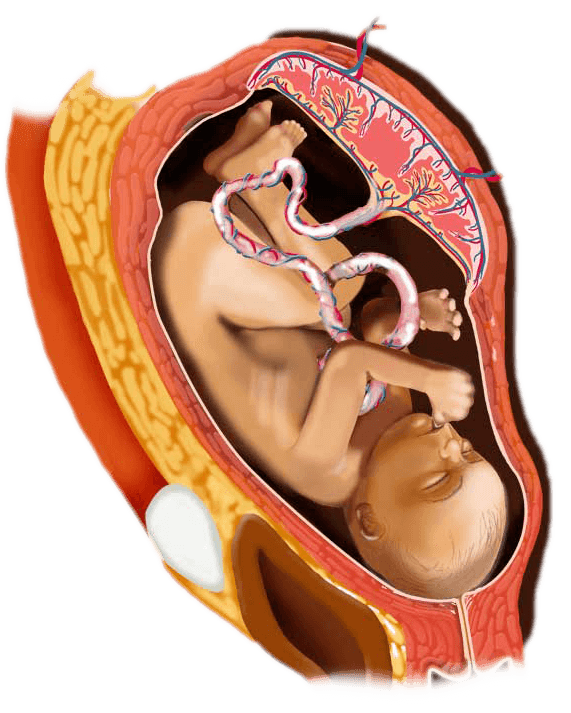
What’s happening in the baby’s body: By week 29 your baby now has brain wave activity that researchers believe may contribute to your baby dreaming.
What’s happening in mom’s body: You may notice that your breasts are starting to produce colostrum and may leak from time to time. This is due to an increase in prolactin levels in your body at this point in pregnancy.
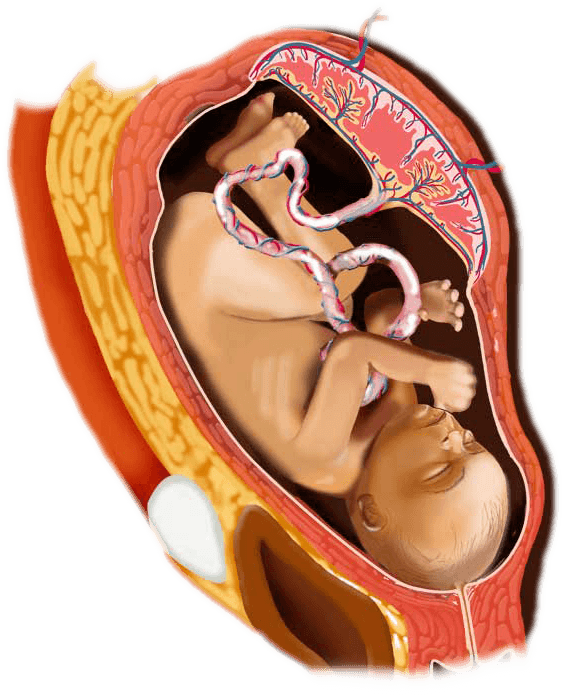
What’s happening in the baby’s body: Your baby is likely able to track and sense light because of developments in the retina. So, if you were to move a flashlight back and forth over your belly in a dim room, the baby may react!
What’s happening in mom’s body: You may begin to feel Braxton Hicks contractions this week. They often occur after exercise or sex, or when you become dehydrated or tired.
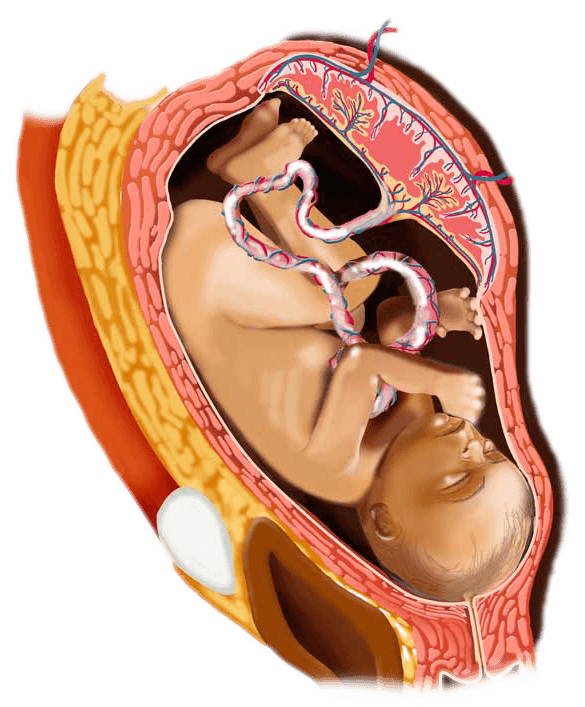
What’s happening in the baby’s body: Baby’s skin is beginning to look less translucent, and creases can be found in the skin of the wrists and the palms of the hands.
What’s happening in mom’s body: Some women experience ptyalism during pregnancy, which is when the body produces too much saliva due to an increase in estrogen. To combat this, try sucking on hard candies or drinking plenty of fluid to increase swallowing.
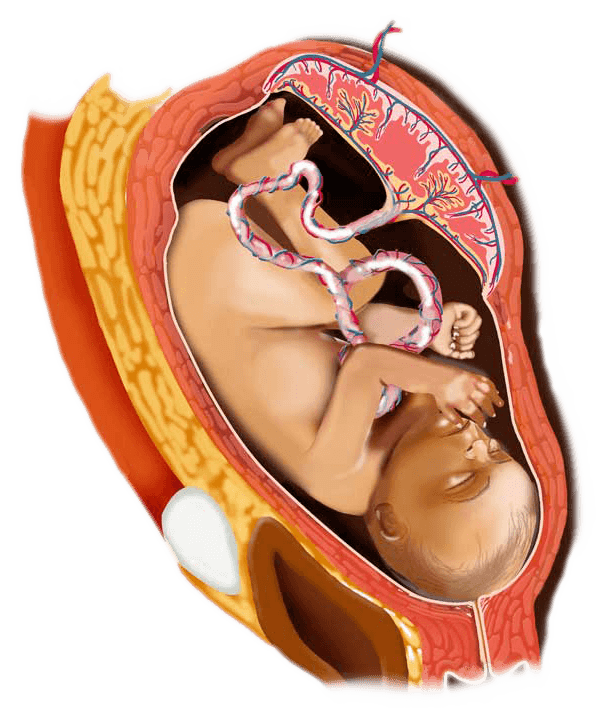
What’s happening in the baby’s body: Your baby is beginning to grow hair on their head this week! Your baby is also shedding lanugo, which is a fine layer of hair that previously covered the baby’s entire body. Lanugo is an important source of protein for babies so they will eventually swallow it in the amniotic fluid.
What’s happening in mom’s body: You’ll continue to gain weight at this point in your pregnancy, although the weight gain will slow down during these last few weeks.
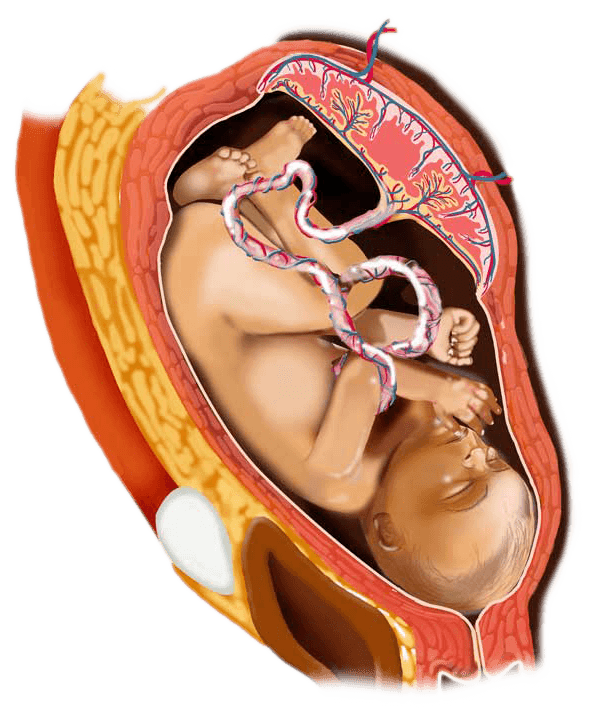
What’s happening in the baby’s body: It is likely that your baby is now in the head-down position by this week. This position prepares the baby for birth and allows blood to flow to the brain, which aids in development.
What’s happening in mom’s body: The top of the uterus, which is called the fundus, is high in your abdomen at this point of your pregnancy. This is likely causing pressure under your ribs that makes it difficult to eat a full meal without feeling some discomfort.
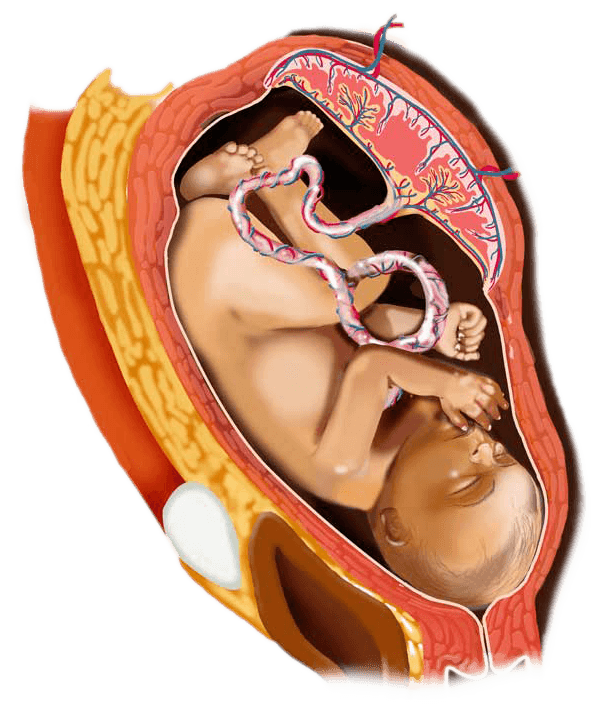
What’s happening in the baby’s body: Right now, your baby’s lungs are filled with fluid. This fluid will disappear once the baby is born and takes their first breath.
What’s happening in mom’s body: At this point, your uterus has grown quite a bit and is putting pressure on your bladder. This may lead to leakage of small amounts of urine when you cough, sneeze, or exercise. This is called stress incontinence and should eventually go away after pregnancy.
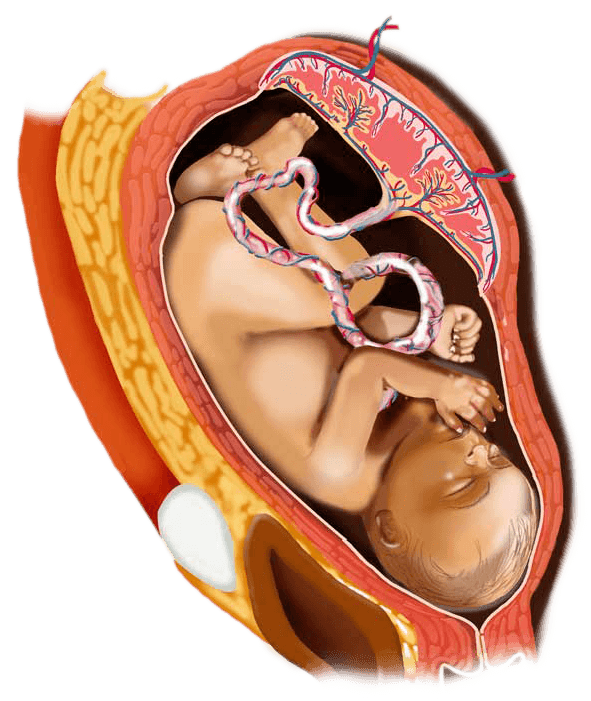
What’s happening in the baby’s body: Baby is still working on maturing their nervous and immune systems this week. However, the baby’s lungs are structurally complete, and the air sacs are creating a lubricant that will keep the sacs open when the baby takes their first breath of air.
What’s happening in mom’s body: You might notice that your feet are getting larger, and your shoes don’t fit as well. This is due to your growing baby and the weight gain associated with your pregnancy.
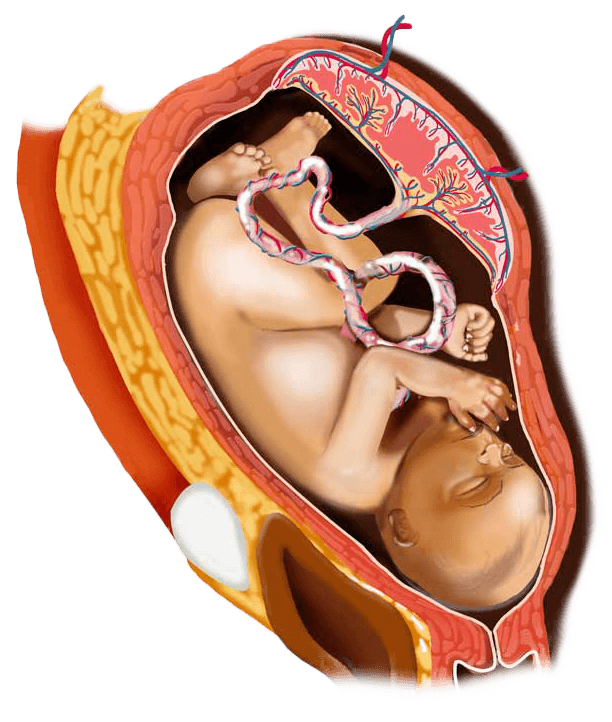
What’s happening in the baby’s body: Baby’s ability to hear sound is improving. They may even start turning towards familiar sounds, such as your voice.
What’s happening in mom’s body: Breathing and eating should become easier at this point as the baby is descending into your pelvis. However, the baby will likely be putting more pressure on your bladder so you may be running to the bathroom even more than before.
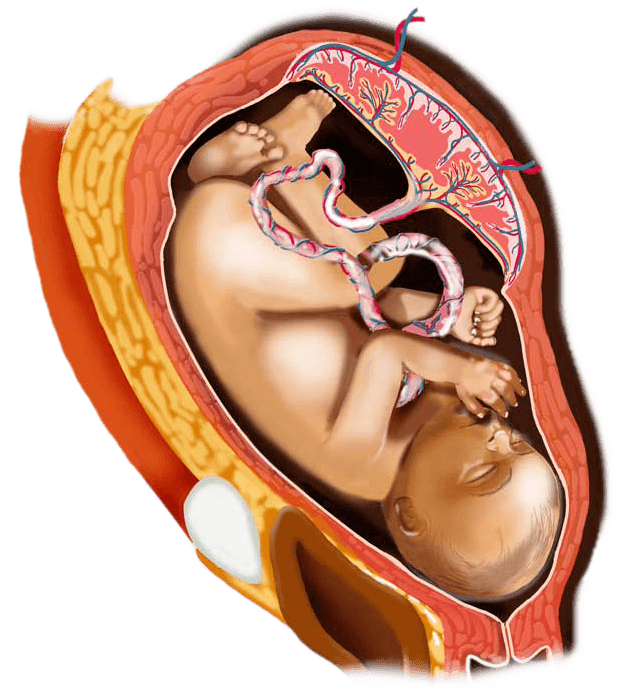
What’s happening in the baby’s body: Bones in the baby’s skeleton are beginning to harden by this week. This process is called ossification.
What’s happening in mom’s body: You may begin to feel that your joints have loosened. This is due to the hormone relaxin, which causes the smooth muscles in your body to unclench in the final stages of pregnancy.
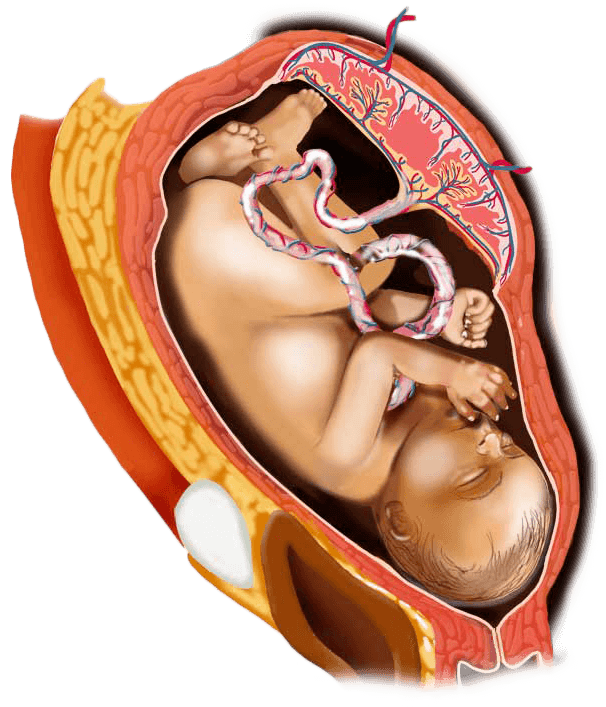
What’s happening in the baby’s body: Baby continues to add connections between neurons in the brain.
What’s happening in mom’s body: You may feel occasional new discomforts because your baby’s position is likely low in your pelvis. Staying active can help lift your mood and reduce discomfort during this stage of pregnancy.
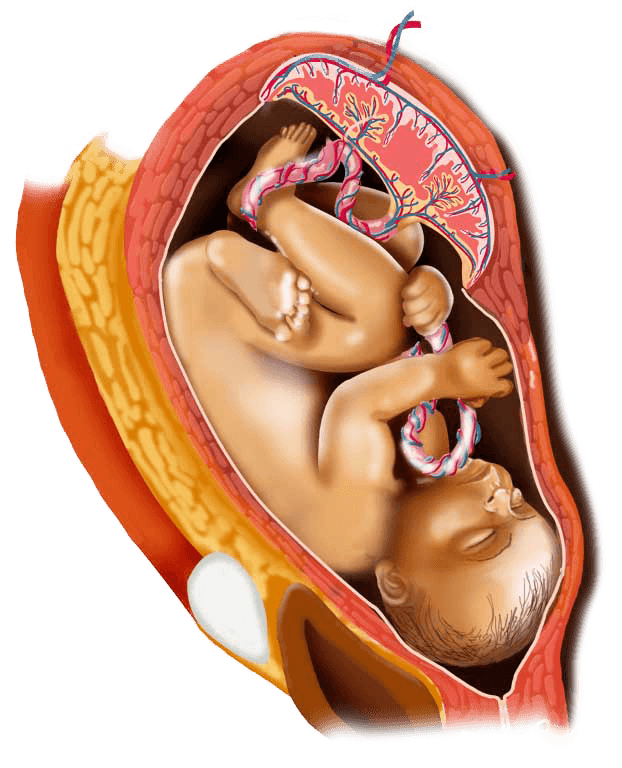
What’s happening in the baby’s body: Your baby is still gaining weight and doesn’t have a lot of room to move around.
What’s happening in mom’s body: You likely feel very large and uncomfortable at this point of your pregnancy. Your uterus has pushed other organs out of the way and is taking up most of your abdomen and pelvis.
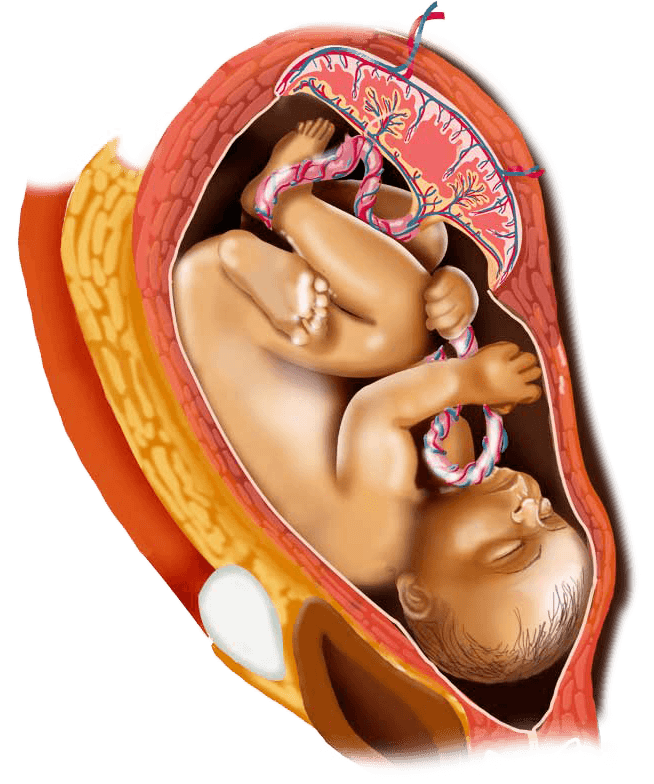
What’s happening in the baby’s body: At week 40 your baby is now fully grown! Right now, your baby is receiving antibodies from the placenta that will last until about six months after birth.
What’s happening in mom’s body: If you don’t go into labor this week, you will be induced, usually by pregnancy week 42. Soon after your baby is born you will have additional contractions that will separate the placenta from the uterus wall. Your healthcare provider will then help deliver the placenta.
With any medical illustration the artist takes certain liberties to communicate relative growth of a very complicated 3D object in a color rendition 2D space. These images are meant to show relative changes and development during pregnancy and are not meant to be interpreted as true to life representations.
FAQs about baby’s development during the pregnancy weeks
The first organ to develop in a fetus is the heart. The development of the heart begins very early during embryogenesis, usually around the third week of gestation. The process begins with the formation of a simple tube-like structure called the primitive heart tube.
The development of the heart involves complex steps and intricate processes. The primitive heart tube eventually divides into various regions that give rise to different parts of the heart, including the atria, ventricles, valves, and blood vessels. As development progresses, the heart undergoes further changes and morphological transformations to become the fully functional organ responsible for pumping blood throughout the body.
It is worth noting that although the heart is the first organ to form, it does not mean it is fully developed and functional at such an early stage. The heart continues to grow, mature, and refine its structure and function throughout fetal development and even after birth.
Fetal development is a continuous process that spans the entire duration of pregnancy. However, certain weeks are considered particularly important for the major milestones and organ development. Here are some key weeks that are crucial for fetal development:
Week 3 to 4: This is when fertilization occurs, and the zygote implants itself into the uterine wall. The formation of the primitive streak, which eventually leads to the development of the neural tube (precursor to the brain and spinal cord), also takes place during this time.
Week 8: By this time, the major organ systems start to form. The embryo is now considered a fetus. Key developments include the formation of the face, arms, and legs. The heart is fully formed and begins beating. The brain continues to develop rapidly.
Week 12: The end of the first trimester marks an important milestone as the risk of miscarriage significantly decreases. By this stage, the fetus has developed all essential organs and body structures. It starts to exhibit reflex movements, and external genitalia may be visible.
Week 20: Around halfway through the pregnancy, the fetus undergoes significant growth. The mother can often feel fetal movements (quickening). The baby’s skin is covered with fine hair called lanugo, and vernix caseosa, a protective coating, forms on the skin.
Week 24 to 28: These weeks mark the viability stage, where the fetus has a chance of surviving outside the womb with medical support. Lung development progresses, and the baby starts to practice breathing movements. The eyes begin to open, and brain development continues.
Week 32 to 36: The final weeks of pregnancy are important for further growth and refinement of the baby’s organs and systems. The lungs continue to mature, and fat accumulates under the skin, providing insulation and energy reserves.
It’s important to note that while these weeks represent significant milestones, fetal development is a dynamic and continuous process. Throughout pregnancy, the fetus undergoes ongoing growth, maturation, and fine-tuning of its organs and systems. Every week is essential in contributing to the overall development and preparation for life outside the womb.
The development of the fetal brain is a complex and ongoing process that occurs throughout pregnancy. However, the most critical period for brain development is generally considered to be the third trimester. During this time, the brain undergoes significant growth, structural organization, and maturation.
Here are some key aspects of brain development during the third trimester:
Neural proliferation: During the third trimester, there is a rapid increase in the number of neurons in the fetal brain. This process is known as neural proliferation and is crucial for the overall size and complexity of the brain.
Neuronal migration: Neurons in the fetal brain need to move to their appropriate locations to form functional circuits. Neuronal migration is a critical process that occurs predominantly during the second and third trimesters, ensuring that neurons reach their designated regions in the brain.
Synaptogenesis: Synaptogenesis refers to the formation of synapses, the connections between neurons. In the third trimester, synaptogenesis accelerates, leading to the establishment of a vast network of connections within the brain. This process is fundamental for communication between brain cells and the development of functional circuits.
Myelination: Myelination, the process of adding a protective myelin sheath around nerve fibers, occurs predominantly in the third trimester and continues into early childhood. Myelin helps facilitate efficient and rapid transmission of electrical signals between neurons, contributing to the development of cognitive and motor functions.
Maturation of brain structures: During the third trimester, various brain structures undergo further maturation and specialization. This includes regions involved in higher cognitive functions, language processing, sensory perception, and motor control.
While brain development is influenced by genetic factors, environmental factors and experiences also play a crucial role. Adequate nutrition, proper prenatal care, and a supportive environment can contribute to optimal brain development during the third trimester and beyond.
Premature birth can occur spontaneously—known as spontaneous preterm birth (sPTB)—or because of a medical intervention–known as medically indicated preterm birth (miPTB). The PreTRM® Test was designed to identify pregnancies at high risk for spontaneous preterm birth.
By knowing your risk, the PreTRM Test can help both patients and healthcare providers stay alert to the signs and symptoms of preterm birth and give parents extra weeks to prepare for the possibility of a preterm birth.